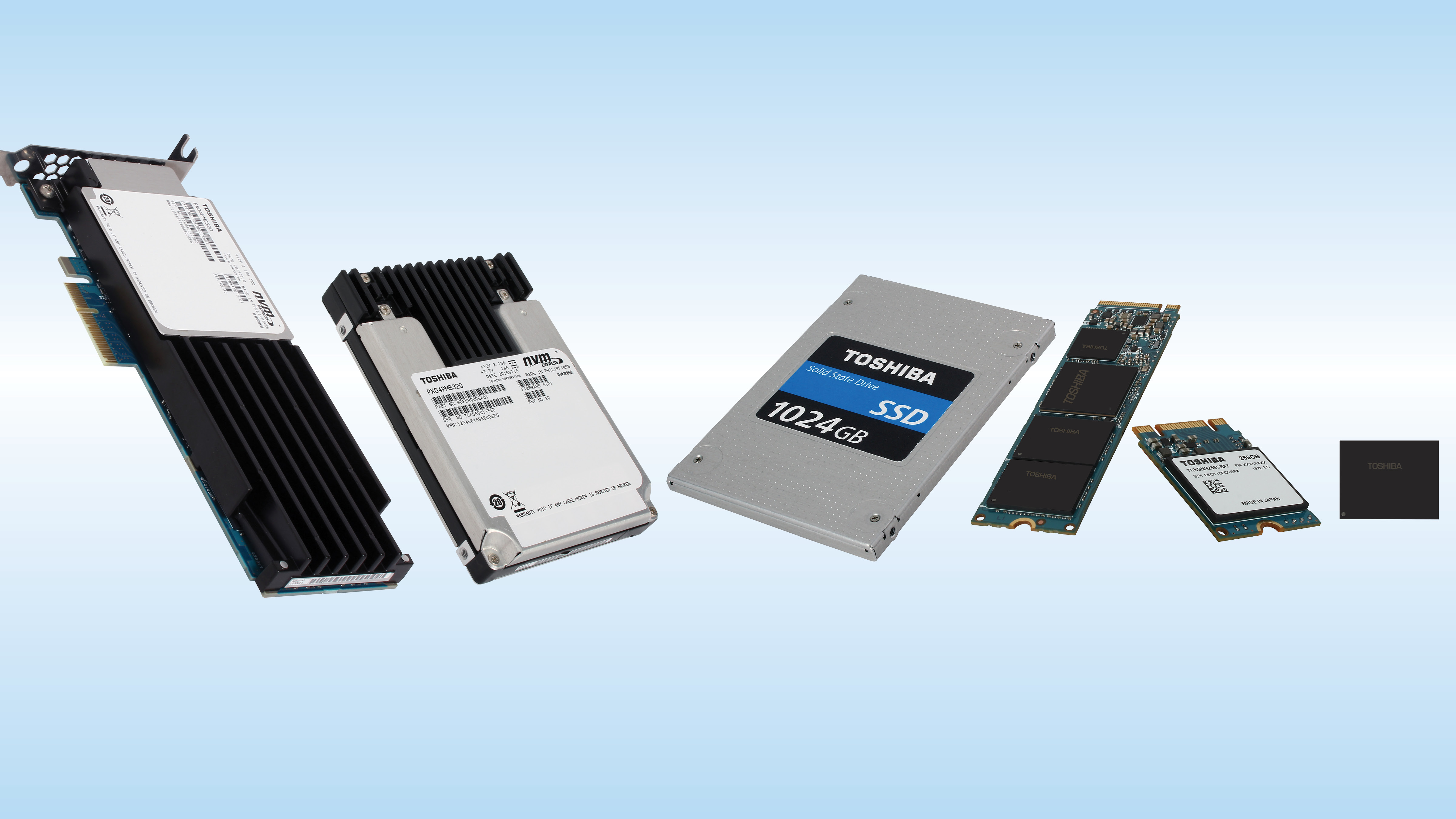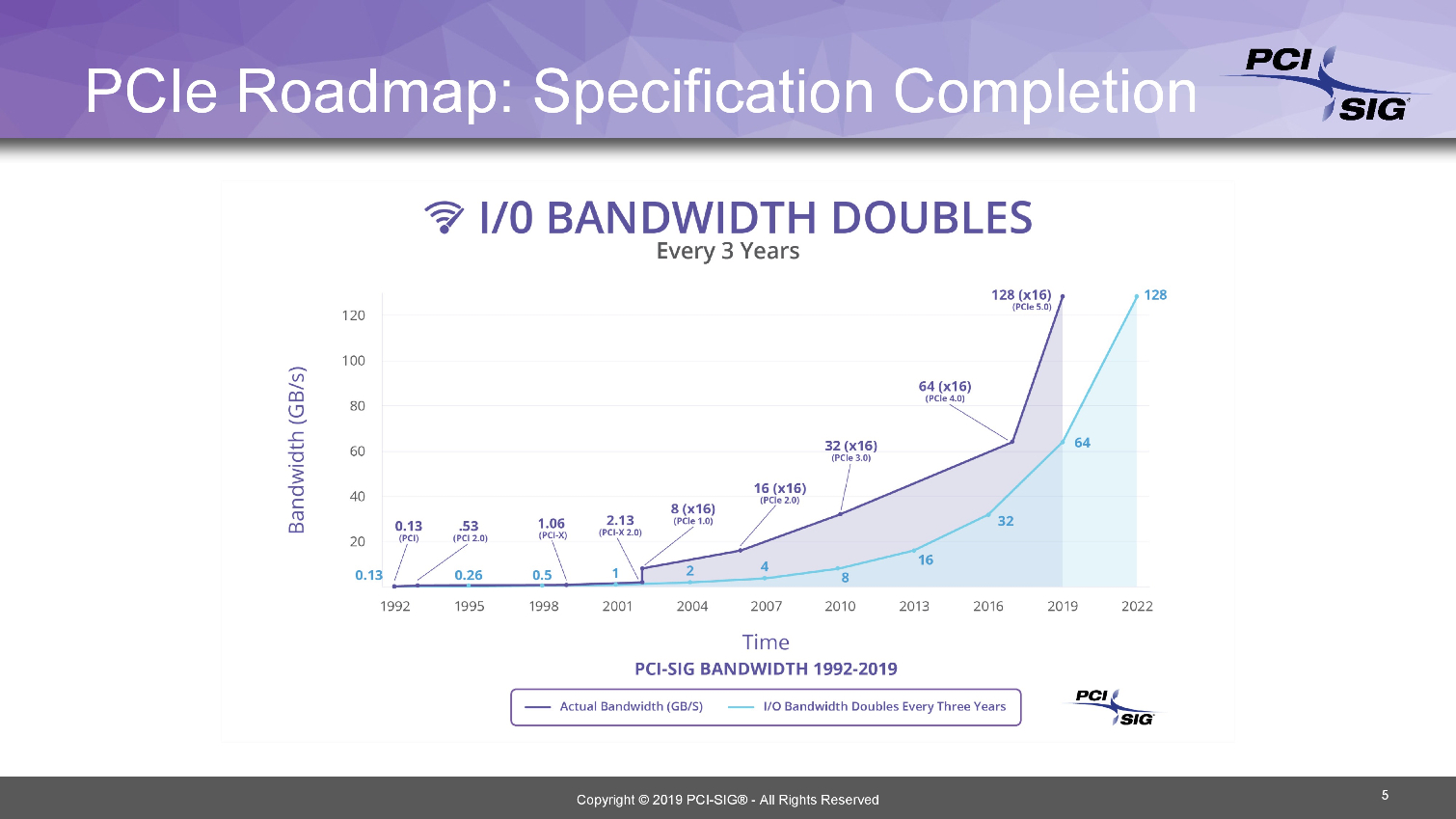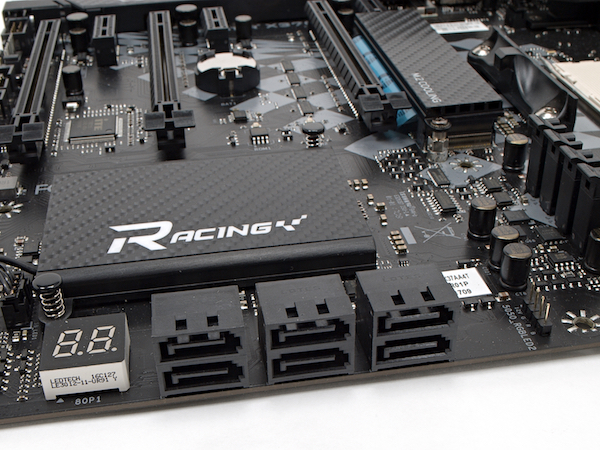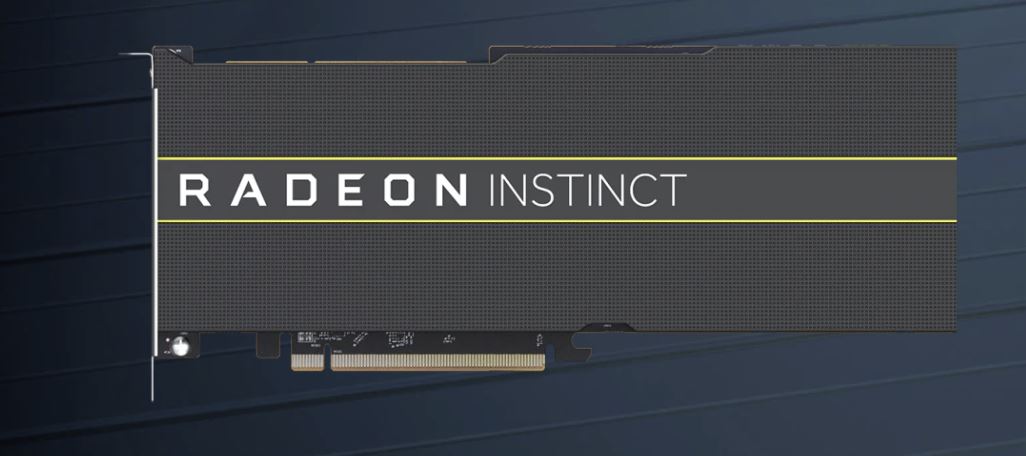What We Know About PCIe 4.0 So Far
PCIe 4.0 is the fourth generation of the Peripheral Component Interconnect Express (PCIe) motherboard interface and will double the bandwidth available to graphics cards, hard drives, SSDs, Wi-Fi, and Ethernet cards. Courtesy of AMD, new CPUs and motherboards that support the faster speeds will come to market this year, paving the way for a new wave of speedy PCIe 4.0 devices, but it turns out the faster interface will even come to some existing PCs. Gigabyte recently released a wave of BIOS updates that shockingly enable PCIe 4.0 support on existing AM4 motherboards, meaning AMD customers with some existing motherboards can unlock the feature with a Ryzen 3000 chip. Gigabyte also teased that it will release a new PCIe 4.0 SSD at Computex 2019. That makes it clear that the new standard is coming to motherboards and storage devices now, so let's take a look at what we know about the new standard.
PCIe 4.0 Performance
PCIe slots can be configured with one lane or multiples of four lanes, such as x1, x4, x8, x16, x32. Each new generation doubles the bandwidth of the previous one. For instance, a PCIe 3.0 x8 interface can be replaced by a PCIe 4.0 x4 interface that provides the same amount of bandwidth.
| Row 0 - Cell 0 | Bandwidth | Gigatransfer | Frequency | Encoding |
| PCIe 1.0 | 8 GB/s | 2.5 GT/s | 2.5 GHz | 8b/10b |
| PCIe 2.0 | 16 GB/s | 5 GT/s | 5.0 GHz | 8b/10b |
| PCIe 3.0 | 32 GB/s | 8 GT/s | 8.0 GHz | 128b/130b |
| PCIe 4.0 | 64 GB/s | 16 GT/s | 16.0 GHz | 128b/130b |
| PCIe 5.0 | 128 GB/s | 32 GT/s | 32.0 GHz | 128b/130b |
The PCIe 4.0 standard supports a 16 GT/s bit rate, (roughly 2GB/s per single lane, or 64GB/s in total) as opposed to 8GT/s bit rate for PCIe 3.0 (1GB/s).
The PCIe standard maintains both backward and forward compatibility with older and newer specifications via both software and mechanical interface. In other words, PCIe 3.0 cards will work on motherboards that support PCIe 4.0, and PCIe 4.0 cards will also work on PCIe 3.0 motherboards, but they are limited to the performance of the PCIe 3.0 interface.
The PCIe 4.0 specification will also bring the OCuLink-2 connector, an alternative to Thunderbolt 3, that provides 8GB/s of bandwidth via four PCIe 4.0 lanes. In comparison, the Thunderbolt 3 connector provides up to 5GB/s of bandwidth.
PCIe 4.0 Is Coming to Market in 2019
The PCIe 4.0 generation follows PCIe 3.0, which was released in 2010. The PCI-SIG group that develops the PCIe standard completed the PCIe 4.0 specification in 2017 (seven years after it finished the previous generation).
In January 2019, AMD announced that its X570 motherboard chipset would support the PCIe 4.0 interface. Motherboard manufacturers will also be able to update the motherboard firmware on some 300 and 400-series motherboards to gain partial PCIe 4.0 support. These motherboards will likely only support PCIe 4.0 x16 on the first slot, while the rest of the slots will be limited to the PCIe 3.0 signaling rate.
Get Tom's Hardware's best news and in-depth reviews, straight to your inbox.
Also in January, Phison demoed the world’s first PCIe 4.0 SSD that supports sequential read speeds of 4GB/s and 4.2GB/s sequential write speeds. The company used Micron’s 96-layer TLC flash, but it intended to switch to Toshiba’s BICS 4 flash technology, which will increase the sequential read performance of its SSD to 4.8 GB/s and sequential write performance to 4.4 GB/s. The IOPS performance for read and write workloads will also reach over 900,000.
For now, the only PCIe 4.0 GPUs come in the form of AMD's 7nm Radeon Instinct MI60 for the data center. AMD released the Radeon VII for gamers based on the same 7nm design, but the company disabled support for PCIe 4.0, saying that desktop GPUs don't need the throughput of PCIe 4.0. At least not yet. That means SSDs will be the first PCIe 4.0 devices to come to market for desktop PCs.
PCIe 4.0 May Be Short-Lived. PCIe 5.0 Is Almost Here
Because the PCIe 4.0 specification was finalized a few years late, we ended up with a situation where the PCIe 5.0 specification was finalized only a couple of years later.
The PCI-SIG group recently published the 0.9 version of the PCIe 5.0 specification, and we should see support for it in computing products as soon as next year. As usual, the PCIe 5.0 generation will double the bandwidth of PCIe 4.0 to 32GT/s or ~8GB/s per lane (bi-directional), for a total of 128GB/s for 16 lanes.
Lucian Armasu is a Contributing Writer for Tom's Hardware US. He covers software news and the issues surrounding privacy and security.



